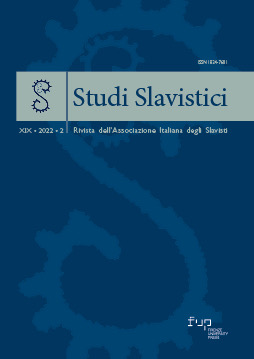Published 2023-01-25
Keywords
- Modality,
- Belarusian,
- Corpus Studies
Abstract
The paper presents an analysis of standard Belarusian modals of necessity, based on the Belacorpus, a corpus of contemporary written Belarusian I built in 2010. I investigate the modals’ semantics (which types of modality they express), their frequency in the corpus and their distribution across textual genres. My study confirms what was already observed in previous accounts of Belarusian modals. Namely, only two of them, music’ and pavinen, are polyfunctional (that is, they can express more than one type of modality – dynamic, deontic and epistemic) and thus prototypical (core) members of the modal category. All other modal expressions are dedicated to one type of modality and are thus peripheral. The corpus analysis has also revealed a number of previously unnoticed properties of Belarusian modals, such as: the extreme rarity of the epistemic use of polyfunctional music’ and pavinen; the uneven distribution of peripheral modals across different types of texts; and the fact that the two standards in which Belarusian is codified, taraškevica and narkamaŭka, present no significant difference as far as the use of modals is concerned, with the notable exception of modal mec’ ‘have’, which is much more frequent in taraškevica texts.


